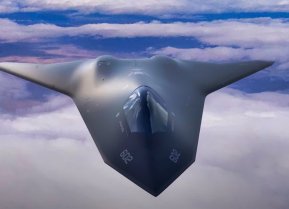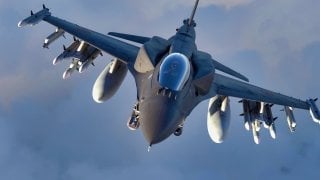F-21: The F-16 Fighter That Could Be Built Specifically for India
The F-21, an advanced iteration of Lockheed Martin’s F-16, has been offered to the Indian Air Force (IAF) as a tailored "Make in India" opportunity in partnership with Tata.
What You Need to Know: The F-21, an advanced iteration of Lockheed Martin’s F-16, has been offered to the Indian Air Force (IAF) as a tailored "Make in India" opportunity in partnership with Tata.
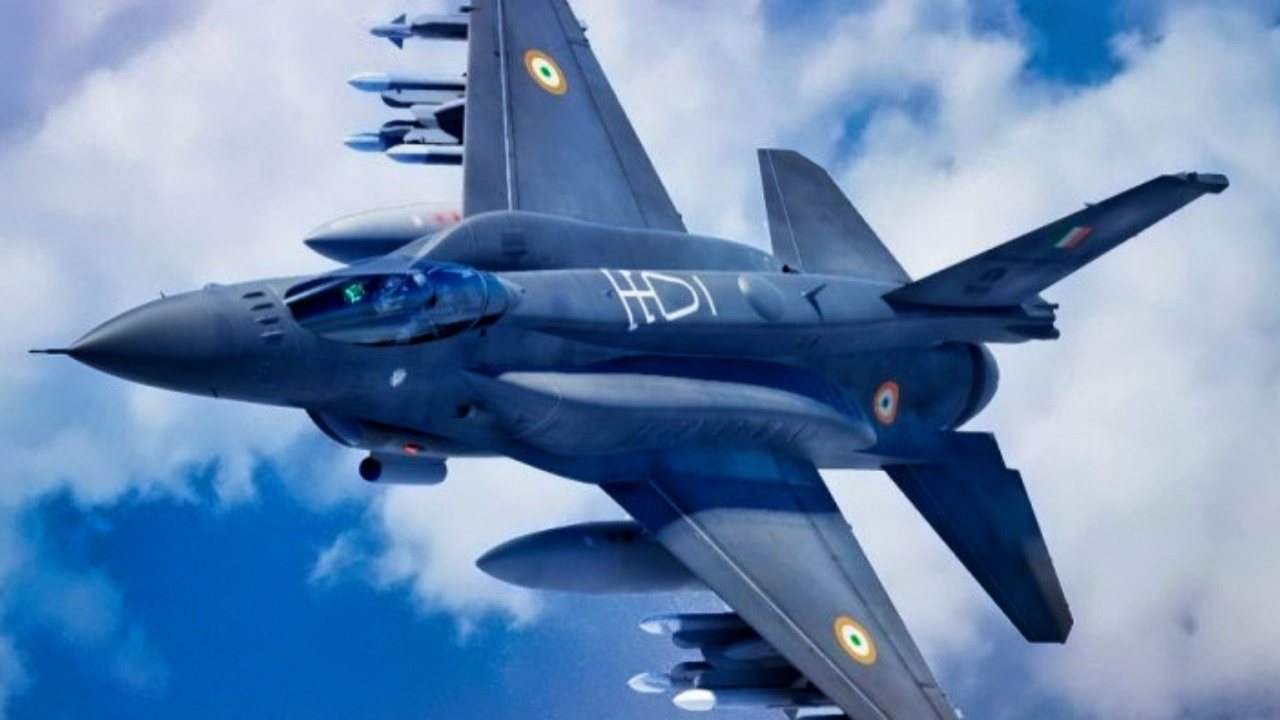
-Showcasing features like an F-35-style cockpit, AESA radar, and compatibility with IAF’s Russian tankers, the F-21 aims to outclass existing Russian MiG-29s in the IAF's fleet.
-With plans to establish a local production plant, Lockheed hopes to sway India from Russian suppliers and boost India's air dominance over rivals like Pakistan and China. Despite these advantages, India’s decision on the F-21’s future remains uncertain.
F-21 for India: Just A Dream Or Can This Advanced Version of the F-16 Soar?
The number twenty-one has multiple positive connotations. In blackjack, the actual casino game, not the Russian Tupolev Tu-160 “Blackjack” bomber, it’s the winning number.
In military aviation, meanwhile, the number twenty-one is associated with some noteworthy warbirds. There’s the Soviet-designed MiG-21 “Fishbed,” which is the most-produced supersonic fighter of all time and one of the most iconic fighter planes of the Cold War. There’s the Northrop Grumman B-21 Raider, the up-and-coming strategic stealth bomber set to replace the same manufacturer’s controversially expensive, but battle-proven, B-2 Spirit.
And now there’s the current topic at hand, an advanced version of the F-16 Fighting Falcon, or as her crews prefer to call her, the “Viper”, which may or not be a top prospect for bolstering the fighter jet capabilities of the Indian Air Force (IAF).
Say hello to the Lockheed Martin F-21.
NOTE: The F-21 we’re currently discussing is not to be confused with the 1970s-vintage F21 Kfir flown by a different IAF, the Israeli Air Force.
F-21 Initial History & Specifications
The F-21 was unveiled by Lockheed Martin at the Aero India air show on February 20, 2019, forty-five years after the original F-16 made her official maiden flight. It’s based on the F-16 Block 70/72, which debuted on January 23, 2023.
As Lockheed Martin’s official info page on the F-21 proclaims, “The F-21 is an unprecedented ‘Make in India’ opportunity, combining the strength of Lockheed Martin, the world's largest defense contractor, and Tata, India's premier industrial house, to deliver a historic win-win for the U.S. and India…We hope to strengthen and grow our relationship with India as part of an unprecedented F-21 fighter aircraft partnership for India, from India…The F-21 provides unmatched opportunities for Indian companies of all sizes, including Micro, Small & Medium Enterprises (MSMEs) and suppliers throughout India, to establish new business relationships with Lockheed Martin and other industry leaders in the U.S. and around the globe.”
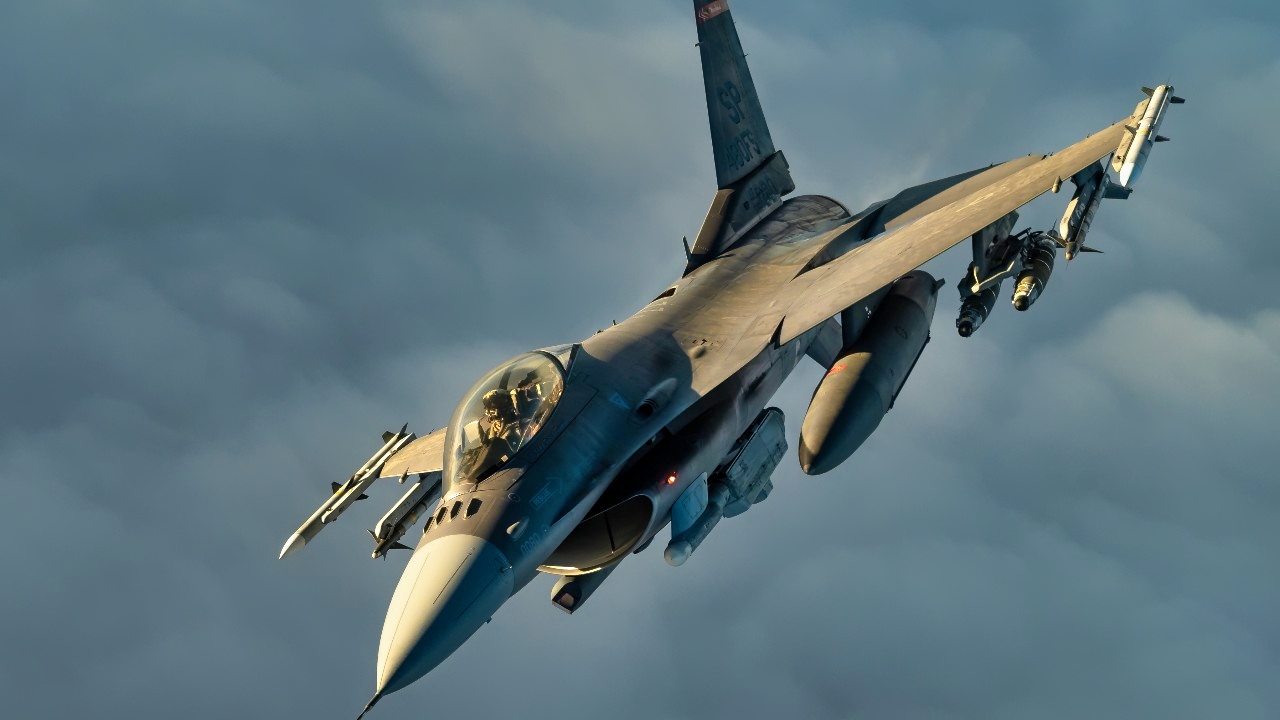
Some of the features of this spruced-up F-16 include:
-Single-panel cockpit
-Avionics resembling the Fifth Generation F-35 Lightning II's integrated cockpit display
-Triple-rail Advanced Medium-Range Air-to-Air Missile AIM-120 (AMRAAM) launcher
-Integrated probe-and-drogue conformal fuel tanks from the former F-16IN
-Aerial refueling probe that provides compatibility with IAF’s Russian-made tankers
-Sniper electro-optical targeting pod
Comparisons with Current Fighters in the IAF Fleet
If Lockheed Martin’s bid to win the IAF contract proves successful, it would translate to an $18 billion windfall for America’s attempt to gain a foothold in the Indian military aviation markup, and it would also represent at least partial tangible progress in America’s foreign policy goal of weaning India off of the latter country’s longstanding business relationship with the Russian arms industry, a relationship embodied in not only the aforementioned MiG-21 but also the MiG-29 “Fulcrum,” which, like the Fighting Falcon, is a Forth Generation fighter.
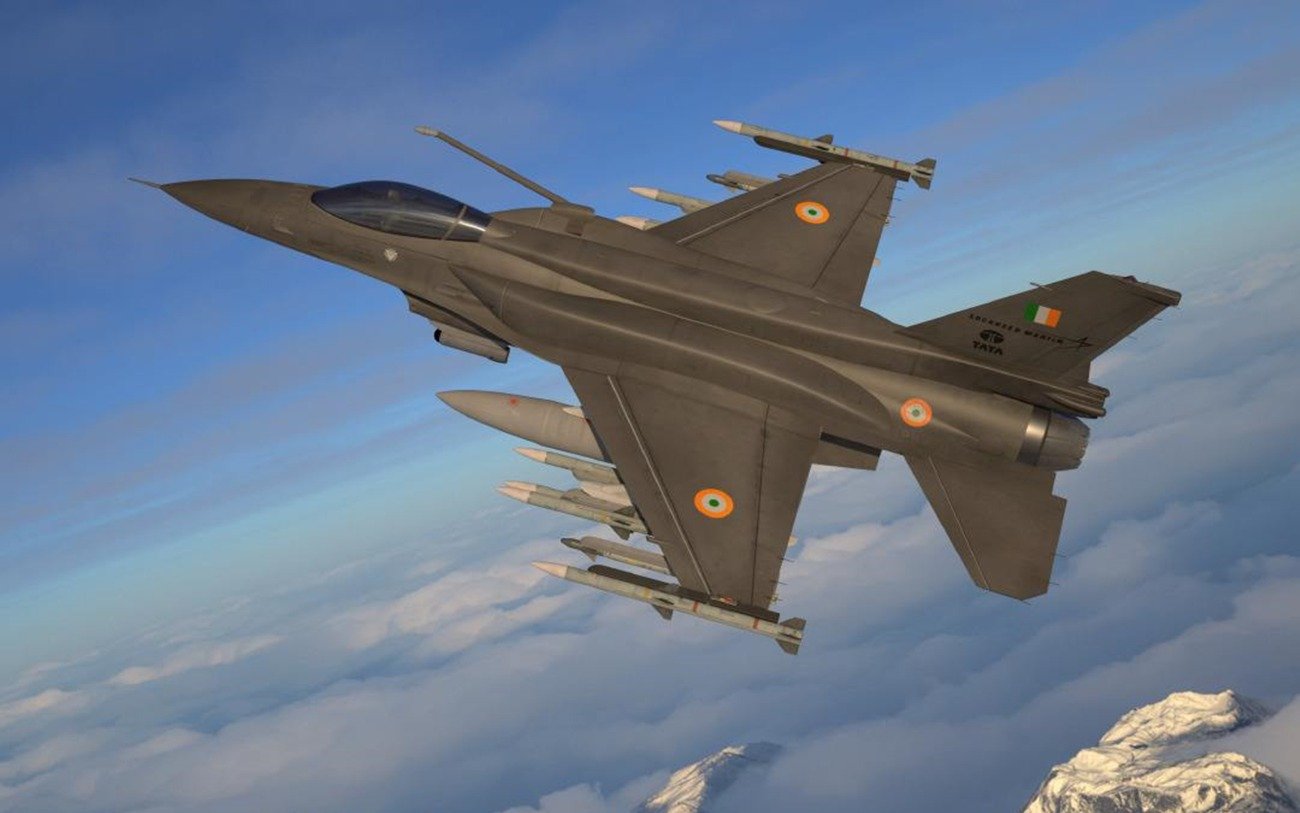
The “Viper” has a 92:13 kill/loss ratio compared with the 16:28 kill/loss ratio of the “Fulcrum” and for good measure, the F-16 has a 3:0 score against the MiG-29 head-to-head, which is something the IAF brass might want to seriously contemplate if they haven’t done so already. According to the World Directory of Modern Military Aircraft (WDMMA), the IAF currently has sixty-six Fulcrums in its fleet, whilst Indian Nay Aviation has an additional thirty-six of them in its fighter fleet.
The F-21 would also be a worthwhile complement to India’s homegrown Hindustan Aeronautics Limited (HAL) Tejas Light Combat Aircraft (LCA), which is considered a 4.5-generation fighter. The Tejas is a highly capable warbird and has already been “bloodied” in combat via her first operational deployment in 2020 along the Pakistan border.
However, as noted by Mr. Karan Sharma, "While the Tejas is a significant step toward self-reliance, its classification as a light combat aircraft limits its ability to effectively replace medium combat aircraft like the Mirage-2000s and MiG-29s. The need for medium and heavy combat aircraft remains pressing.”
The Way Forward for the F-21?
That’s still to be determined at this point. According to my colleague Maya Carlin, “Lockheed Martin has even offered to build an F-21 factory right in India to sweeten the deal. New Delhi wants the ability to create its airframes down the line, so having this factory set up underway could support this goal…While the F-21’s proposed abilities appear to be formidable on paper, India could still go in another direction. However, the country must act relatively soon to replace its rapidly aging fleets of Soviet fighters.”
To piggyback onto that, as The National Interest’s Brandon J. Weichert, “The F-21 program, if it is fully realized, would give India decisive competitive advantages over their chaotic Pakistani rivals and their rising Chinese foes. The F-21 would give India’s air force a big boost in deterring China as tensions along their shared border continue.”
Time will tell. Stay tuned, ladies & gentlemen.
About the Author:
Christian D. Orr is a Senior Defense Editor for National Security Journal (NSJ). He is a former Air Force Security Forces officer, Federal law enforcement officer, and private military contractor (with assignments worked in Iraq, the United Arab Emirates, Kosovo, Japan, Germany, and the Pentagon). Chris holds a B.A. in International Relations from the University of Southern California (USC) and an M.A. in Intelligence Studies (concentration in Terrorism Studies) from American Military University (AMU). He has also been published in The Daily Torch , The Journal of Intelligence and Cyber Security, and Simple Flying. Last but not least, he is a Companion of the Order of the Naval Order of the United States (NOUS).
Image Credit: Creative Commons and/or Shutterstock.
